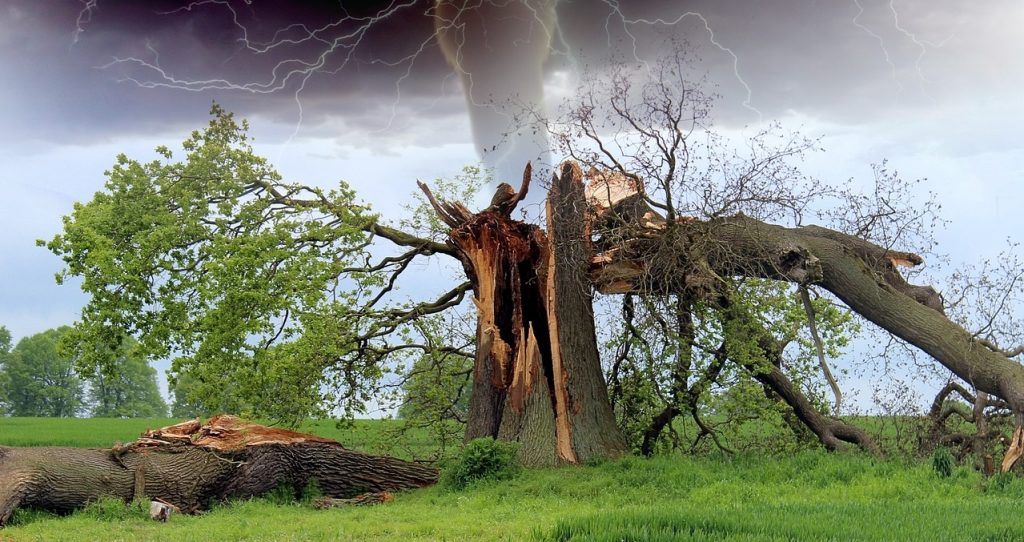For U.S. energy and utilities companies, 2019 is shaping up to be a positive year, supported by sound economic fundamentals. In particular, commodity prices are stable, energy demand is trending up, and real gross domestic product continues to grow, helping bolster and propel the industry.
Organizations that have invested in efforts to drive greater operational efficiencies are starting to see bottom-line benefits. Even the regulatory environment for energy and utilities companies is a bit more accommodating than it has been in recent years – at least at the federal level.
But this is no time to get comfortable or complacent. Instead, it’s an ideal opportunity to recognize and take stock of the powerful underlying forces that are transforming the industry. Ultimately, the organizations that are able to best navigate these issues over the next few years will come out on top over the long term.
Protiviti’s latest Executive Perspectives on Top Risks survey spotlights several of these issues. It also sheds light on emerging issues that are already reshaping the industry and are likely to accelerate change in the future.
Old Risks Are New Again
Two of the top risks, the regulatory landscape and cybersecurity, have been industry challenges for many years.
The energy and utilities industry is among the most heavily regulated in the world. But in the past two years, the U.S. federal government has relaxed regulations for energy companies, while some states have responded by tightening some of their rules.
Some states have even taken legal action against the Environmental Protection Agency in an effort to block some of its decisions. A recent example is the proposition that appeared on the 2018 midterm ballot in Colorado that would have greatly limited drilling for natural gas near residential areas. The proposition did not pass, but we expect to see similar environmental and social efforts in the coming years.
Also, with the presidential election just around the corner, energy issues are sure to take center stage. Depending on how the political winds blow, today’s regulatory dynamic could be very different come 2020.
Cyber risk, while not a new issue, continues to loom over the industry, and there are good reasons for heightened concern. Much of the U.S. energy infrastructure is managed with outdated control systems that are particularly vulnerable to cyberattacks by a hostile entity. In fact, the Department of Homeland Security and the FBI have been issuing alerts about this issue in recent years.
Unfortunately, energy companies are considered cybersecurity “beginners,” according to Protiviti’s new survey, The Cybersecurity Imperative, and organizations with the least mature cybersecurity programs are most at risk for a disabling attack.
Digitalization: Progress Poses Risk
An area of emerging risk is the adoption of digital technologies and processes such as the Internet of Things (IoT), operational technology systems, artificial intelligence (AI), machine learning and robotic process automation. Organizations in every major industry are pursuing digitalization because it offers enormous operational and competitive advantages.
According to Protiviti’s 2019 report, Competing in the Cognitive Age, advanced AI is already creating demonstrable value in core business areas, including improved planning and decision-making, accelerated time to market, and increased customer retention. In two years, says the report, “businesses will use advanced AI to drive benefits in strategic and financial performance, scaling global business and growing market share, along with improvements in productivity, profitability, revenue growth and shareholder value.”
For energy and utilities firms, however, these advances come with significant risks. An example is IoT devices offering another point of entry for cyber criminals. These technologies also present a risk to the organizational culture because they challenge the status quo.
Historically, energy and utilities organizations are resistant to change – a key finding of Protiviti’s Executive Perspectives on Top Risks survey. Because technology tends to accelerate change in an organization, these firms could find it particularly difficult to adapt. Not only does it put a strain on everyone responsible for implementing these advancements, technology also puts the organization at a disadvantage if it can’t keep up with its competitors.
Issues to Consider
It’s important for energy and utilities leaders to prepare their organizations for what could be dramatic and ongoing change.
That means, first and foremost, they must make themselves “change ready,” perhaps with an organizational change management program that enables and promotes change in a positive way. For utilities, for example, everyone in the organization should know that the latest regulatory initiatives are allowing for customer-friendly innovations like distributed energy and smart grid modernization. Change, in this case, is good for the customer.
Introducing new technology requires a different kind of change readiness. Companies need to ensure that they have the building blocks in place to take advantage of more advanced technologies. Very often, that means enterprise processes must be upgraded and data must be of the highest quality.
Business Benefits
Energy and utilities companies that take a proactive approach to these risks can expect to achieve valuable business benefits. Technological upgrades will make them more efficient and competitive. Tightening up areas where they are vulnerable to cyberattacks will make them safer. Plus, doing so will reassure regulators and consumers. Finally, making the organization change-ready will position it for coming transformational disruptions. With a focus on embracing and adapting now, organizations will be more resilient and agile in the future – a key to ensuring relevance in an ever-changing market.
Read additional posts related to the Energy and Utilities industry.







